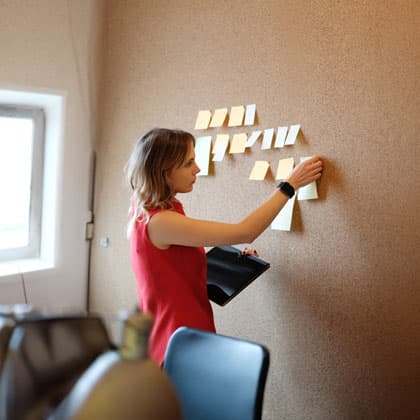It is no secret that Artificial Intelligence is in almost every aspect of our lives, but art is perhaps one of the most exciting fields it has already intervened in.
AI can be used to create art in many ways. For example, it can be programmed to analyze patterns and trends in large datasets, allowing artists to create artwork based on these trends. It can also be used to create original music, poetry, paintings, and sculptures.
One way that AI is changing everything is through generative art, a process in which an algorithm is used to create art. These algorithms can be programmed to mimic specific art styles, or to create something completely new and original. We see this a lot nowadays in the generation of images or texts.
An example of this is the series of generative art paintings created by artist Mario Klingemann, who uses a deep learning algorithm to create unique paintings. The result is a series of works that seem to have their own style, but have never been seen before in the art world.

Another example is generative music, which is music created through algorithms. Some artists are using AI to create music that has never been heard before.
However, some critics argue that Artificial Intelligence cannot be considered a true artistic medium, as art must be an expression of human creativity. They argue that AI simply imitates art, and that works created by AI cannot be considered true works of art, but they also forget that the instructions given to the AI to generate them come from people.
To sum up, although Artificial Intelligence may not be able to express emotions and feelings like human artists do, it can be used to create unique and original art, and this technology is revolutionizing the way art is created and experienced. As it continues to evolve, we are likely to see even more innovations in this field.







